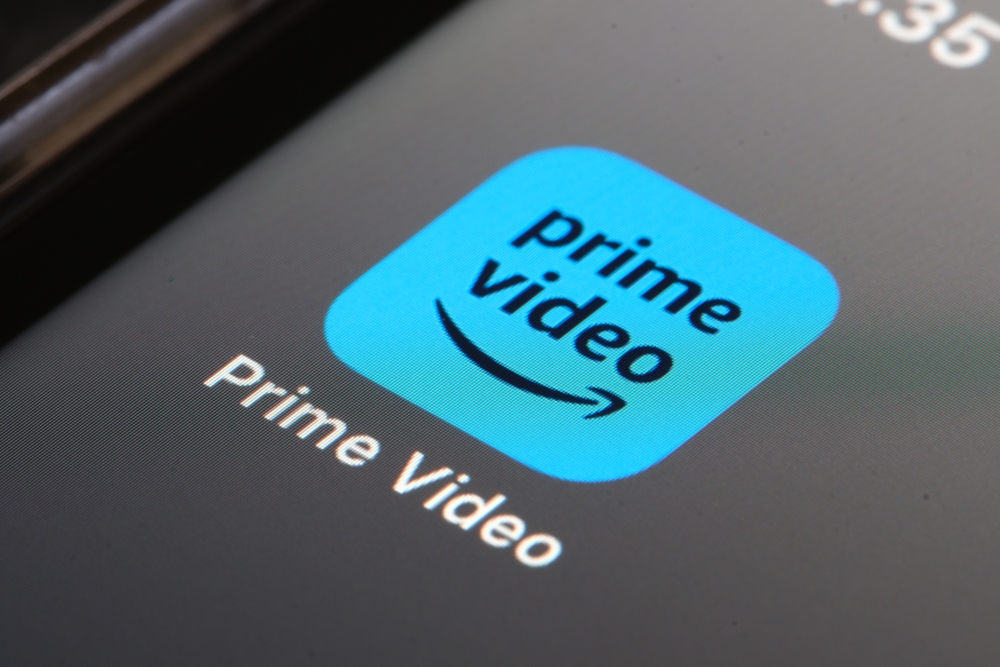Amazon Prime Video is set to ramp up its advertising efforts starting early next year. According to a report from the Financial Times, this new wave of corporate-sponsored content comes less than a year after the platform first introduced ads, following the trend seen across major streaming services.
Amazon’s decision to add more ads signals a growing trend in the streaming landscape. Viewers who already pay for Prime subscriptions will now be treated to an even greater volume of advertisements as they watch shows like Reacher. The specific number of ads and their placement within the episodes remain uncertain, raising concerns about the viewing experience. Unlike traditional TV shows, many streaming series are not designed with commercial breaks in mind, leading to ads being inserted at awkward moments.
The advertising strategy has proven lucrative for Amazon, as it generates revenue on top of existing Prime membership fees. At a recent preview event, the company revealed it had secured over $1.8 billion in advertising commitments, surpassing initial projections. Notably, Amazon’s ad-supported tier reaches 19 million users monthly in the UK and over 100 million in the U.S.
Kelly Day, Vice President of Prime Video International, mentioned that the initial ad rollout was a “soft entry” intended to ease consumers into the idea of watching ads. She noted that there hadn’t been a significant number of opt-outs or cancellations following the introduction of ads. Despite the upcoming changes, an Amazon spokesperson reassured users that the platform will maintain “significantly fewer ads than linear TV and other streaming TV providers.”
In addition to standard ads, Amazon is preparing an interactive ad experience, allowing viewers to add products directly to their cart while watching. This innovative feature aims to enhance user engagement but further blurs the line between entertainment and advertising.
For more insights into Amazon’s advertising strategy and its implications for viewers, read the full article on Engadget. As streaming platforms evolve, consumers may need to weigh the value of ad-supported content against their viewing preferences.
